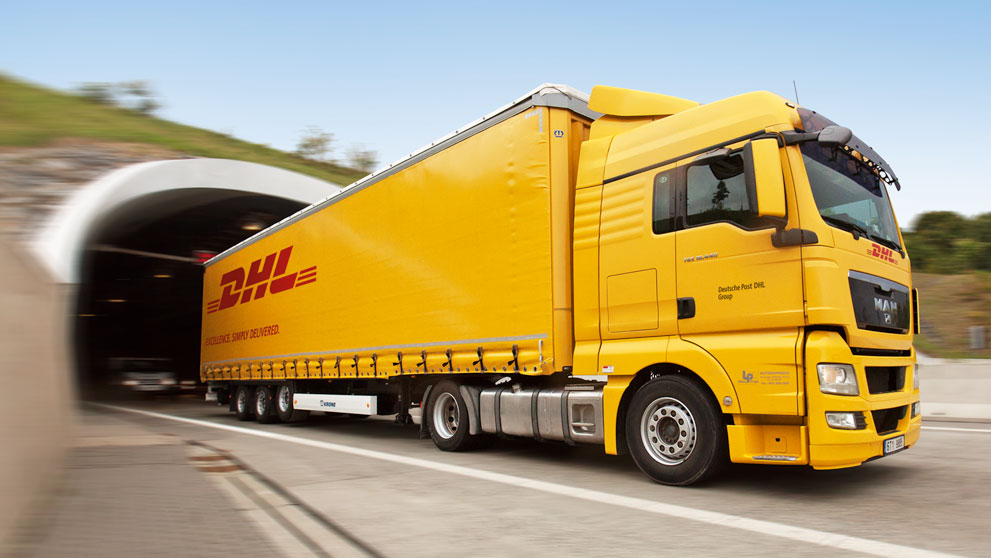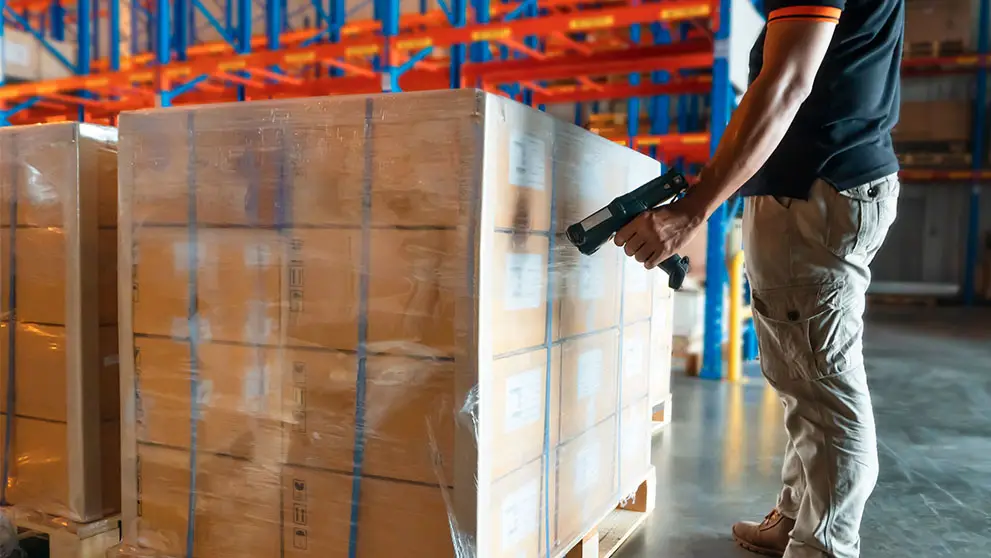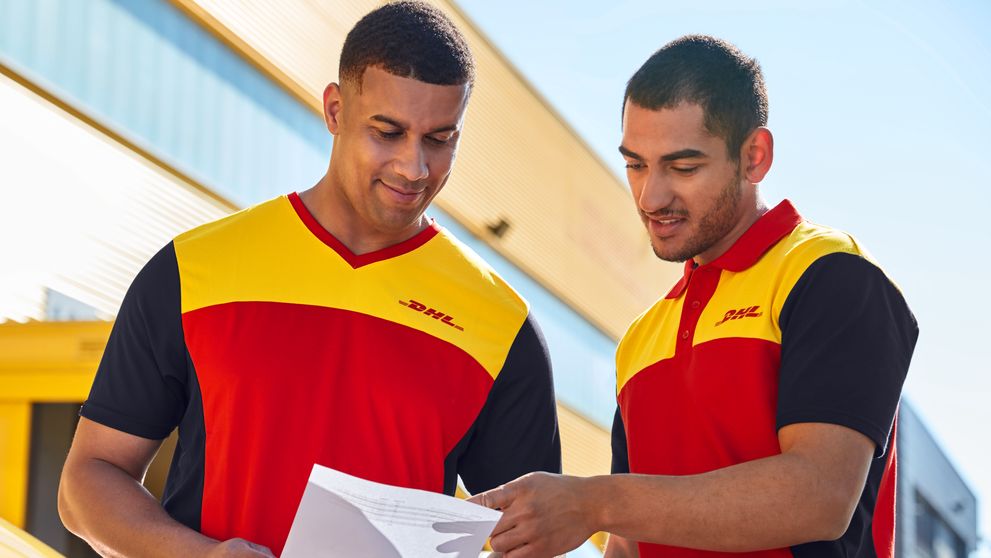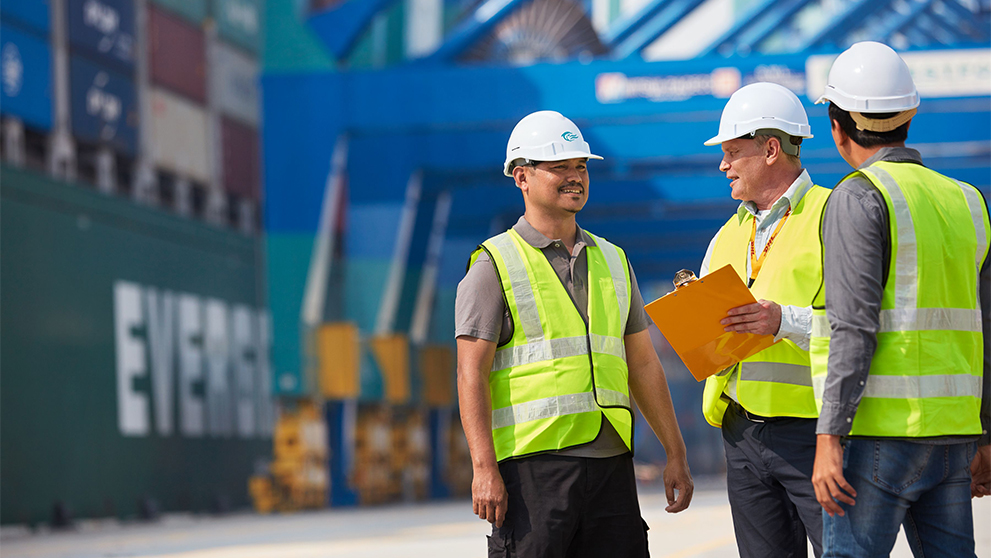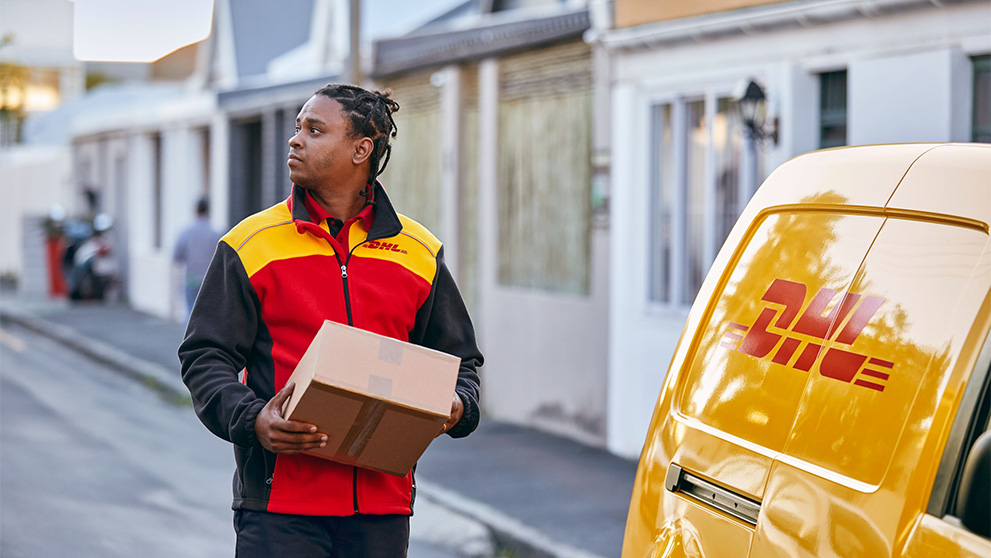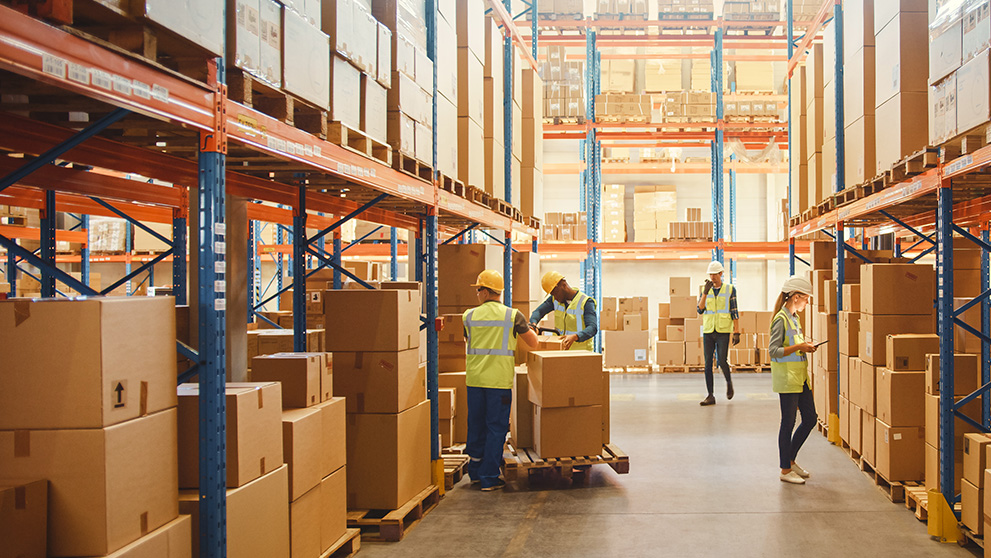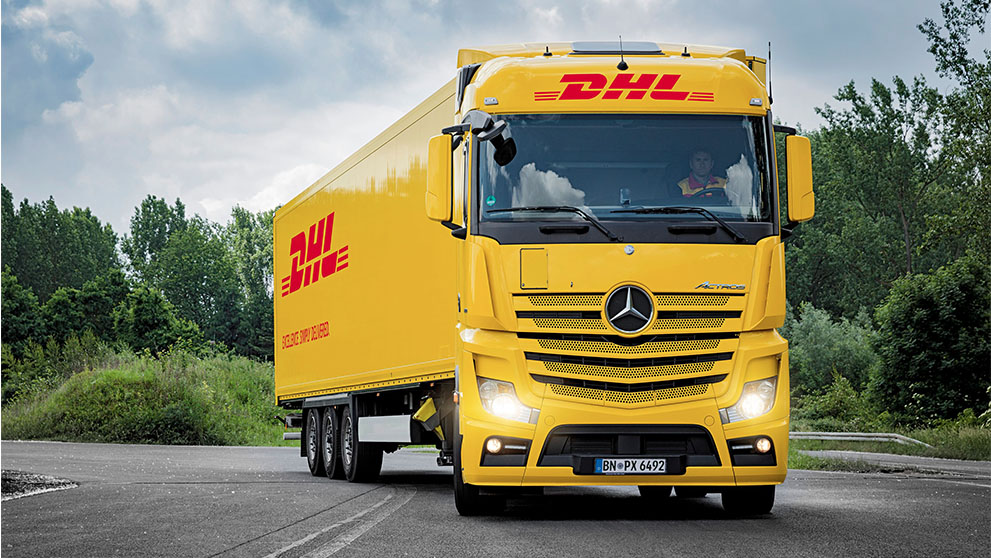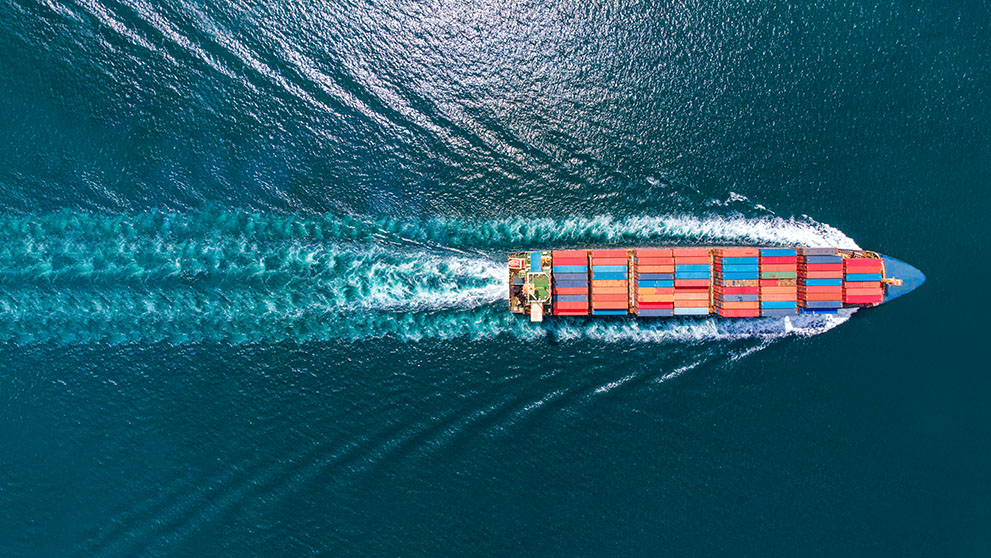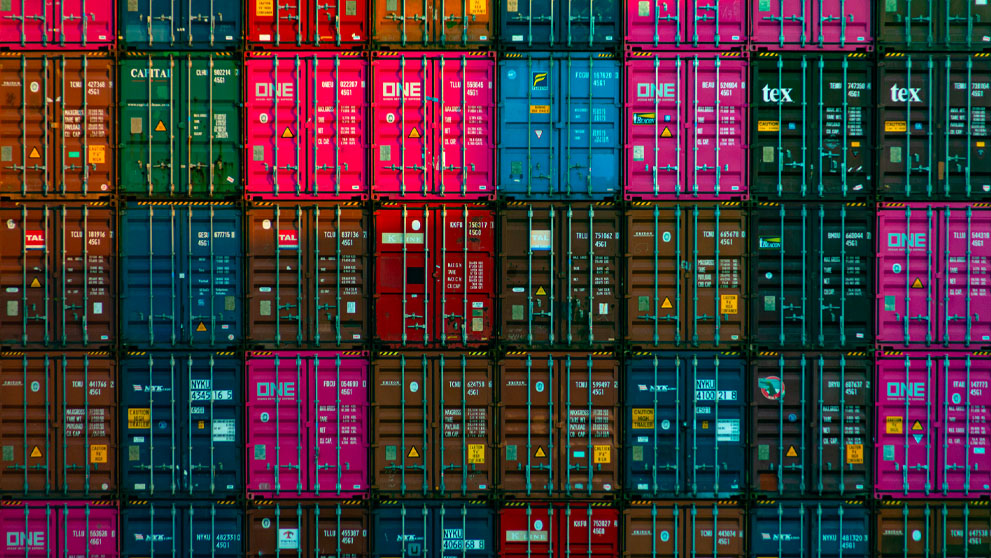Gavin Conboy, DHL Express VP, gives his take on where businesses go right (and wrong) with international shipping.
How do you make sure an item gets from A to B? DHL Express VP Gavin Conboy is clear about how a successful shipping process begins: “If we tell our e-commerce clients up front what the expectations are, then not only are we managing their expectations, but they can manage their customers’ expectations too.”
It’s a philosophy born out of experience: “I’m originally a Customs Broker, which I did in Australia. Then I worked in Europe and Asia, the last 20 years with DHL Express.” He’s well-qualified to talk about the good, the bad, and the ugly of shipping – and how e-commerce businesses can make life easier for themselves.
What’s the single biggest hold up?
When asked about the most common international delivery errors, he’s quick to name the number one culprit: "The biggest issue that we see is poorly written descriptions on commercial invoices. Descriptions like ‘sample’, ‘machine parts’ or 'T-shirt’ are too generic." This causes issues downstream in any international delivery process. "In the customer destination country, you don’t know exactly what the sample is and neither do Customs. So you can’t classify it with an HS code.”
The result? "That shipment may be held in Customs, meaning you have to go back to the shipper to say, ‘I need more details to classify this product’." Incomplete line item descriptions also lead to questions regarding the value of the goods. A shipment can get stopped for an examination, needing a proof of payment to confirm the value of the goods, meaning delays, delays and more delays. All because of an incomplete or poorly written description.
Know your territory
Gavin recommends that businesses familiarize themselves with local shipping rules and regulations which you can do in our e-commerce country guides: "As every territory has its own set of import rules and regulations, knowing these well will help your shipments get delivered on time."
Countries with less well-defined regulatory import structures can prove more challenging from a shipper's and importer's point of view. It’s a complex world, and Gavin is well aware of DHL’s duty to bring clarity to the process: “I think we need to be in a better position to support our customers, and that means arming the merchant with an understanding of what their customer is going to pay at the destination – this is what we call Global Trade Services & Landed Cost.” Gavin’s currently going the extra mile to make that happen: “I’ve just been around the world meeting about 25 different e-commerce customers. The merchant wants to be able to receive the landed cost information and any other relevant Global Trade Services information from us up front, before actual shipping, and share these costs and compliances with their customers.”
How to plot a course to real success
How can DHL continue to lead the industry's push to improve the shipping process? Gavin's views are plain and simple: “For me, it all starts with our people. We need to continue to have employees who are highly motivated and engaged. Next is quality of data – this means full names and addresses, contact numbers, accurate descriptions of items being shipped, HS codes, freight charges, etc. If you get the data right first time and use that information all the way through the shipments lifecycle, then you reduce the odds of regulatory delays in transit or at the destination. This improves our final mile delivery, where we already have fantastic tools, like DHL On Demand Delivery."
But in order to achieve this, there's one thing that beats everything else for DHL international shipping: "Working together with our customers. That’s the ideal world in my eyes.”

